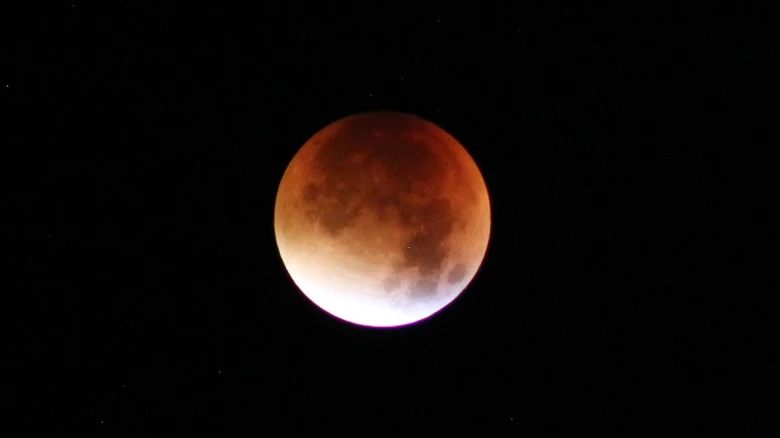A lunar eclipse occurs when the moon appears to "darken" as it moves through the Earth's shadow.
Digital Desk: On March 25, when people celebrate Holi throughout India, there will be the first lunar eclipse of 2024. The penumbral eclipse will begin from 10:23 am on Monday and remain visible to all of North and South America. On the other hand, the phenomenon won't be visible to anyone in India.
Monday is a day without religious restrictions, and the temples will stay open. Since the eclipse is still invisible to Indians, the suntak period—which starts nine hours earlier—will not be taken into account. Generally speaking, it is best to refrain from engaging in religious practice or beginning auspicious work during this time.
A lunar eclipse occurs when the moon appears to "darken" as it moves through the Earth's shadow. This fleeting event occurs around twice a year. Only the planet's more diffuse outer shadow, referred to as the penumbra, touches the moon's surface during a penumbral eclipse. Space.com has released information about the forthcoming eclipse, which will last for 4 hours and 39 minutes and terminate at 3:02 pm.
“As the full moon rises during the late evening of March 24 into the early morning hours of March 25, it will travel through the Earth’s penumbra, or the faint outer part of its shadow. This is called a penumbral eclipse," explains an excerpt from a NASA blog.
Additionally, the event occurs just a few weeks prior to April 8's complete solar eclipse. This phenomenon happens when the Moon moves in front of the Sun, totally obscuring its face and casting a shadow across Earth.
The festival of colours is being celebrated on March 25 this year. Before Holi, there is a custom known as Holika Dahan, which involves setting bonfires to symbolize the burning of the demon Holika. The event honors Lord Krishna, who is said to have lived for a long time in the Uttar Pradesh region known as Braj. It mimics not only the essence of Holi but also the eternal love between Radha and Krishna.

Leave A Comment